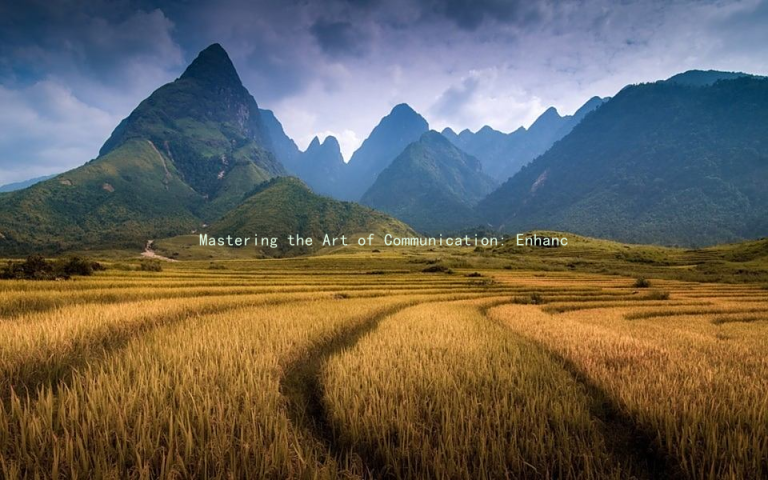Communicating Desires: How Cultural Background Affects Relationship Dialogue
In today’s interconnected world, the tapestry of relationships is richly woven with diverse cultural backgrounds. These cultural differences significantly influence how individuals communicate their desires and needs in romantic relationships. Understanding this intricate interplay between culture and communication can enhance relationship dynamics and foster deeper connections between partners.
One of the cornerstone influences of cultural background on relationship dialogue is the differing attitudes towards expressing emotions. In collectivist cultures, such as many Asian and Latin American nations, emotional expression may be less direct. Individuals from these cultures often prioritize harmony and familial approval over individual desire. Consequently, they might communicate their needs indirectly, using hints or non-verbal cues rather than explicit statements. For instance, a partner may subtly suggest a desire for more quality time together by expressing concern about feeling neglected, rather than explicitly stating the need for more attention. Understanding this indirect style is crucial for partners from more individualistic cultures, such as the U.S. or Western Europe, who might interpret this reticence as disinterest or lack of commitment.
Conversely, in individualistic cultures, there is often a greater emphasis on open and direct communication. Partners in these settings are encouraged to articulate their desires and emotions clearly. This approach fosters transparency and can lead to straightforward discussions about needs and expectations. However, this can lead to misunderstandings when individuals from more indirect communication backgrounds interact with those from direct communication cultures. A person accustomed to a more nuanced way of expressing desires may feel overwhelmed or pressured by the bluntness of their partners approach, potentially leading to conflict.
Additionally, cultural norms surrounding gender roles can shape how individuals communicate in relationships. In many cultures, traditional gender expectations may dictate that men are more assertive in expressing their desires, while women may be socialized to be more accommodating. This dynamic can lead to imbalances in communication, where one partner’s needs are voiced more frequently or loudly than the other’s. Recognizing these ingrained patterns can be a step towards fostering more equitable dialogue. For instance, partners should collaborate to create an environment where both feel safe and encouraged to express their needs without fear of judgment or repercussion.

Another factor influenced by culture is the concept of face-saving. In many cultures, maintaining ones dignity and reputation is paramount, leading to a reluctance to admit vulnerability or desire. In these contexts, discussing one’s needs can feel like a loss of face. Partners from such backgrounds might require reassurance and trust before they feel comfortable expressing their desires openly. Discerning such sensitivities is vital for partners aiming to cultivate a deeper emotional bond.
As relationships traverse cultural boundaries, employing active listening can bridge communication gaps. This means not just hearing the words spoken but also being attuned to the underlying feelings and cultural nuances. For instance, when a partner from a high-context culture shares their feelings, it may be essential to read between the lines and grasp the emotional weight of their words rather than seeking a literal interpretation.
Moreover, utilizing culturally respectful and sensitive language can enhance dialogue. Learning a few key phrases in a partners native language not only demonstrates respect but also enriches communication. Being mindful of cultural references and idiomatic expressions can foster a sense of belonging and shared understanding, making it easier for partners to express their desires and feelings.
In conclusion, navigating the complexities of relationship dialogue requires more than mere verbal communication. It calls for an awareness of how cultural backgrounds shape expressions of desire and connection. By embracing the richness of diversity, practicing active listening, and employing sensitive communication strategies, partners can forge stronger, more meaningful relationships. Open dialogue, rooted in empathy and understanding, paves the way for fulfilling connections that respect and celebrate individual backgrounds while fostering unity.





